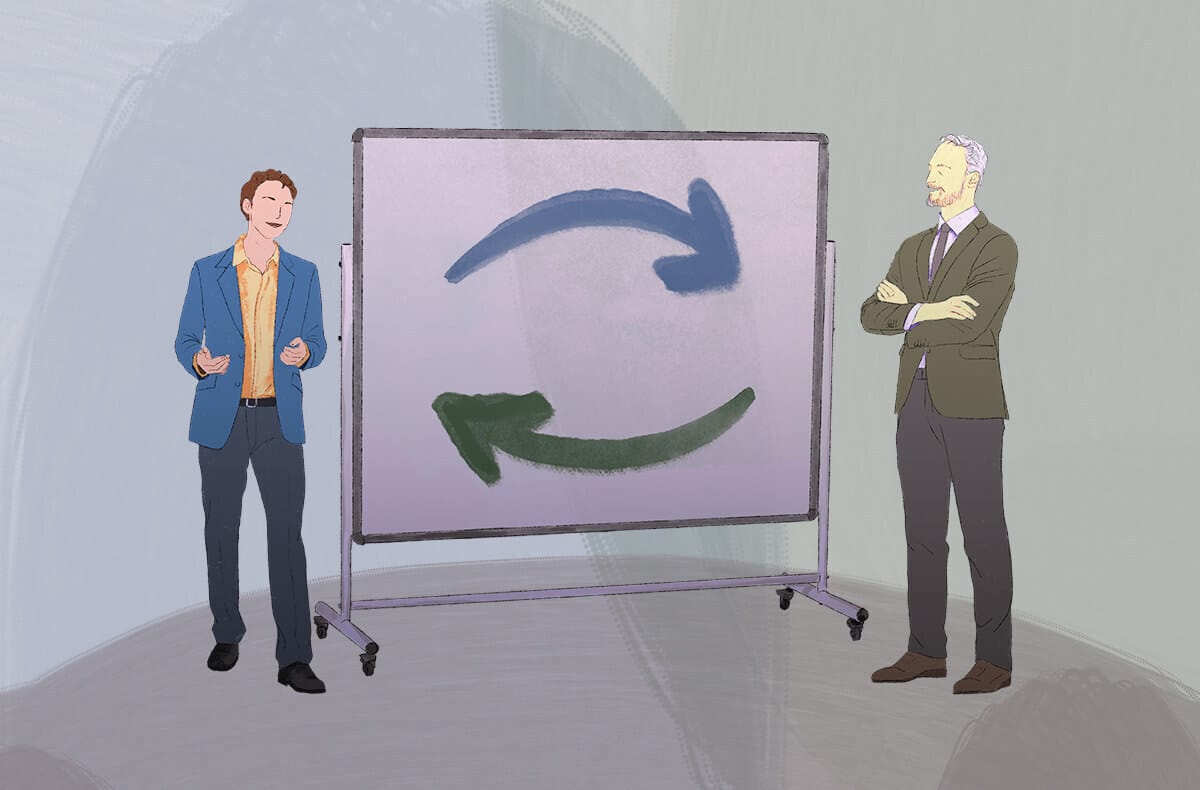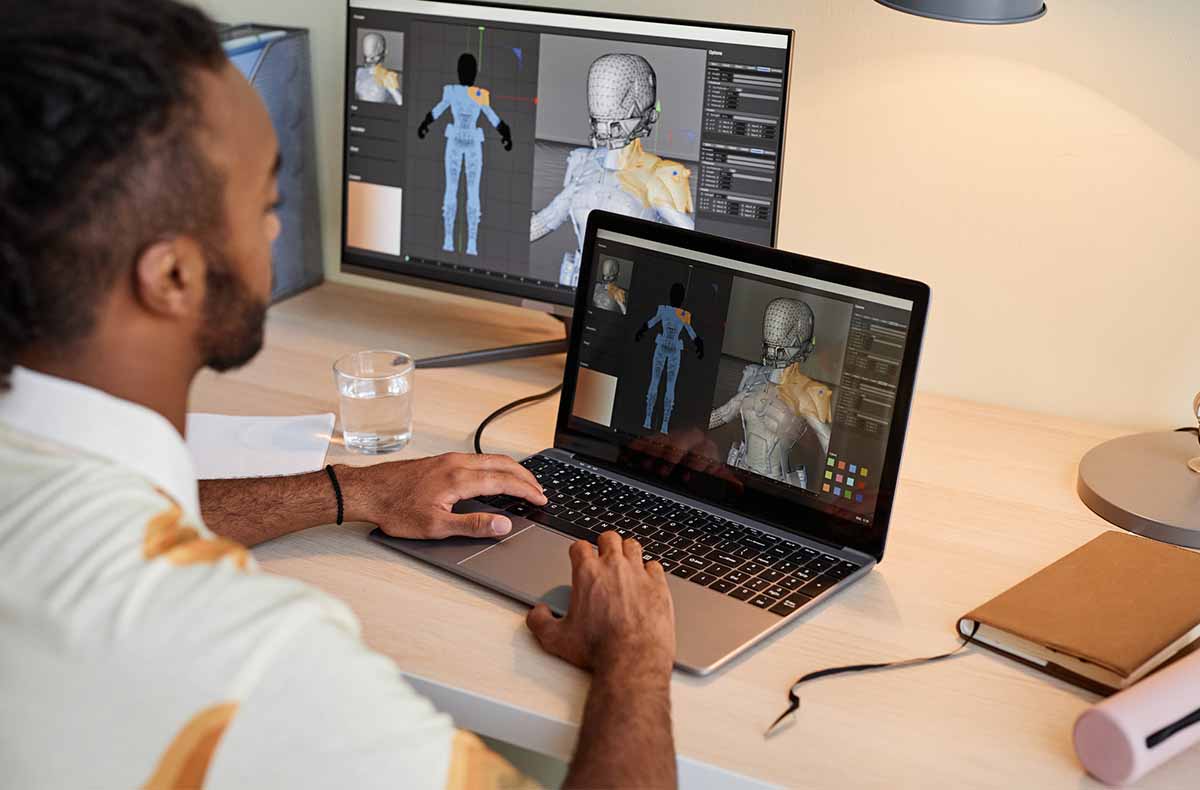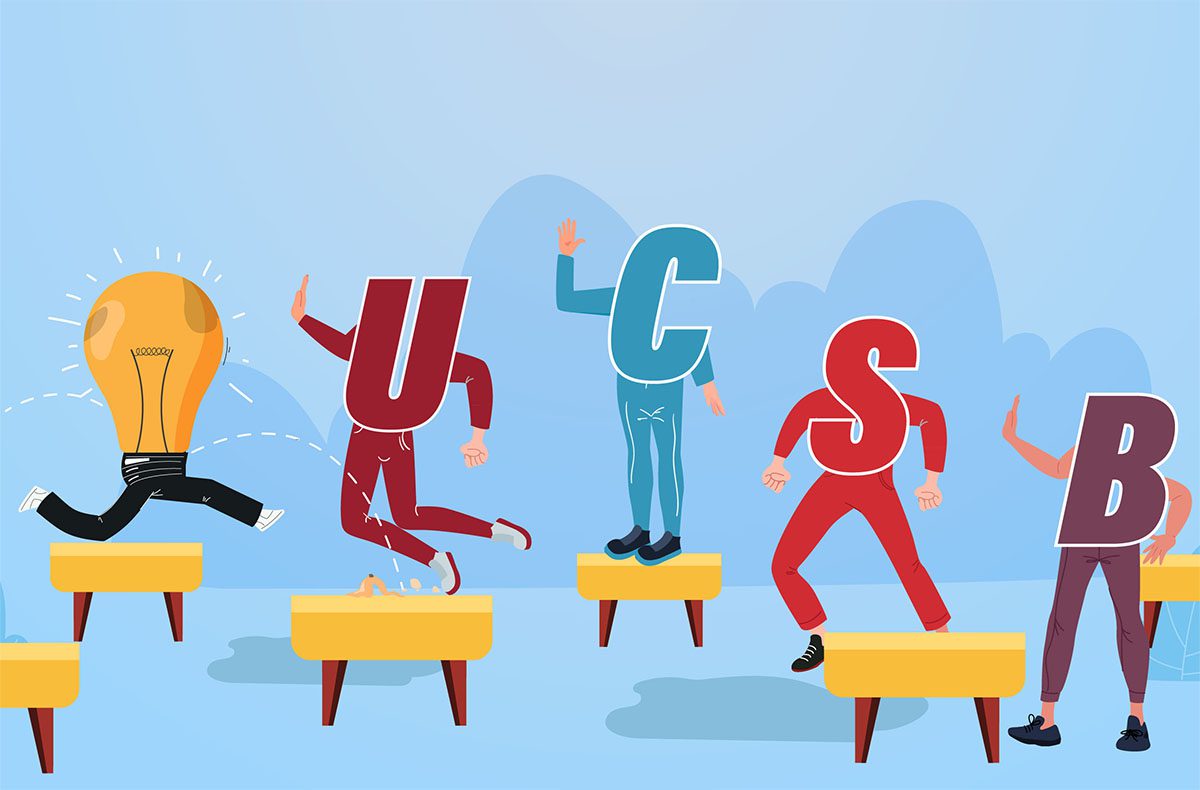
It’s 8 am Wednesday. Today, we present to 300 of our nation’s oceanographers at The California Islands Symposium at the Santa Barbara Natural History Museum. The dozen high school students who’ve been working on this project for the last four months arrive with one of our large Silicon Graphics computers with all the technology needed for their presentation of a 30-second animation focused on the Pacific Ocean and the coast just offshore.
I see Andrew, our lead student, in a new white shirt and black tie; his shoulder-length hair and ponytail are now cut high and tight. He looks like a different person.
“Andrew, what’s up with the haircut and the suit?” He says, “I think they’ll take me more seriously this way,” and proceeds to continue unloading the van to get ready for the presentation.
Six months earlier, Andrew had joined our afterschool program for at-risk teenagers here in Santa Barbara at my animation software company, Wavefront. We had a training room that was empty a lot of the time, and we decided to put it to use in the afternoons. We wanted to create a place for struggling teenagers to learn marketable skills while having a positive workplace experience. One of our local high school teachers had suggested the idea over coffee one afternoon, so we leaned in and established the program. He’d seen how a group of his students hadn’t responded in a traditional classroom environment. He’d hoped I would say yes to building out the program and testing his theory: creating a real-world setting, including a live simulation of an animation studio, would engage them.
When we think of at-risk students, many images come to mind. According to experts, an at-risk student is less likely to transition to adulthood. The root cause of the at-risk label could be for many reasons. In our experience, it was not drugs, criminal activity, or poverty that hindered academic performance. Instead, the prescribed curriculum was not connecting with the students in a way that kept their interest. Most of these students would have probably tested off the charts if you just looked at IQ. We paid attention to how to tailor the program to tap into their interests, which was easy in our case. The combination of deep diving into all aspects of the computer focused on projects set in our backyard, the Pacific Ocean, allowed each person to find something compelling to work on.
We believed teenagers skilled in playing video games would be open to learning what it took to build digital models, then animate and light them to create realistic environments. However, they didn’t appreciate the amount of hard work, problem-solving, and collaborative skills they would need to make this animated world. They might have balked if we’d initially shared the magnitude of the effort. However, this was an opportunity for us to create a real-world experience for them. I reminded them to pay attention to the end of any special effects movie and see that it takes an average of 800 people and three years to produce a 90-minute feature film. So, our plan to have 12 students work for one semester to create a 30-second animation worked out perfectly.
I introduced myself to the class by saying what I wasn’t: “I’m not your teacher. I’m not your dad. I’m not your boss. I am an adult who wants to see you be successful. So I will treat you as adults while you are here. Deal? You can call me Mark.” This reframing of the elder-to-younger dynamic set up a relationship between us where I could mentor them as a group while coaching them as individuals. We had trainers and engineers teach them the fine points of modeling, building databases, and simulation. I was there to teach them life skills they might not learn anywhere else: how to work as a team, how to communicate a project and its results, and how to persevere when the project got tough, which it did, many times.
The project they’d chosen was to create a working model of the seafloor from the Santa Ynez Mountains above Santa Barbara to the Channel Islands, 22 miles offshore. No one had built a comprehensive model of the complete geography. This massive undertaking was in service of testing several hypotheses about how pygmy mammoths had gotten over to the Channel Islands 40,000 years ago. By animating the sea level to what scientists had estimated back then, the students proved the hypothesis that the Channel Islands were one single island, only six miles offshore—a relatively easy distance for the behemoths to swim. By animating the sea level, they could visually see what had only been guessed at.
This project brought together the students with engineers, software developers, scientists, and geologists from the university in a collaborative effort to accurately simulate what the coastline would have been and how the environment might have looked. Using photorealistic rendering tools and digitally stitching together disparate models they’d collected from various researchers, the students were able to present an animated working model to show the scientists at the gathering at the museum.
While this project initially served to teach technical skills, it was the life lessons that had the most impact.
That morning, before they presented to 300 of the nation’s leading oceanographers and Andrew showed up, ponytail shorn, shirt pressed, and attitude positioned for success, I knew we’d focused on the right things. Andrew knew his team had done significant work, and he didn’t want the first impressions of a group of motley teenagers to diminish the impact of their presentation.
This mentoring experiment helped cement the principle concepts needed for a successful outcome: shared values—which we called observable behaviors—strong communication between everyone, a willingness to collaborate, setting reasonable and achievable expectations, and understanding the human dynamics in play when a group of young adults are challenged to act above their chronological age level.
The experience proved that creating a space for something good to happen worked, and everyone—us and the students—freely gave their time, talents, and energy to produce a successful outcome for the group.
One standing ovation later, and I am unsure who learned more that day. Them, or me.
Authors’ note: The students’ work was captured in a paper presented at the conference. It outlines the premise of creating a ‘virtual laboratory,’ which, reading now, looks pretty matter-of-fact, while at the time, we were pushing many boundaries. Link here: http://silcom.com/~awfstudy/CalIsSm.pdf



